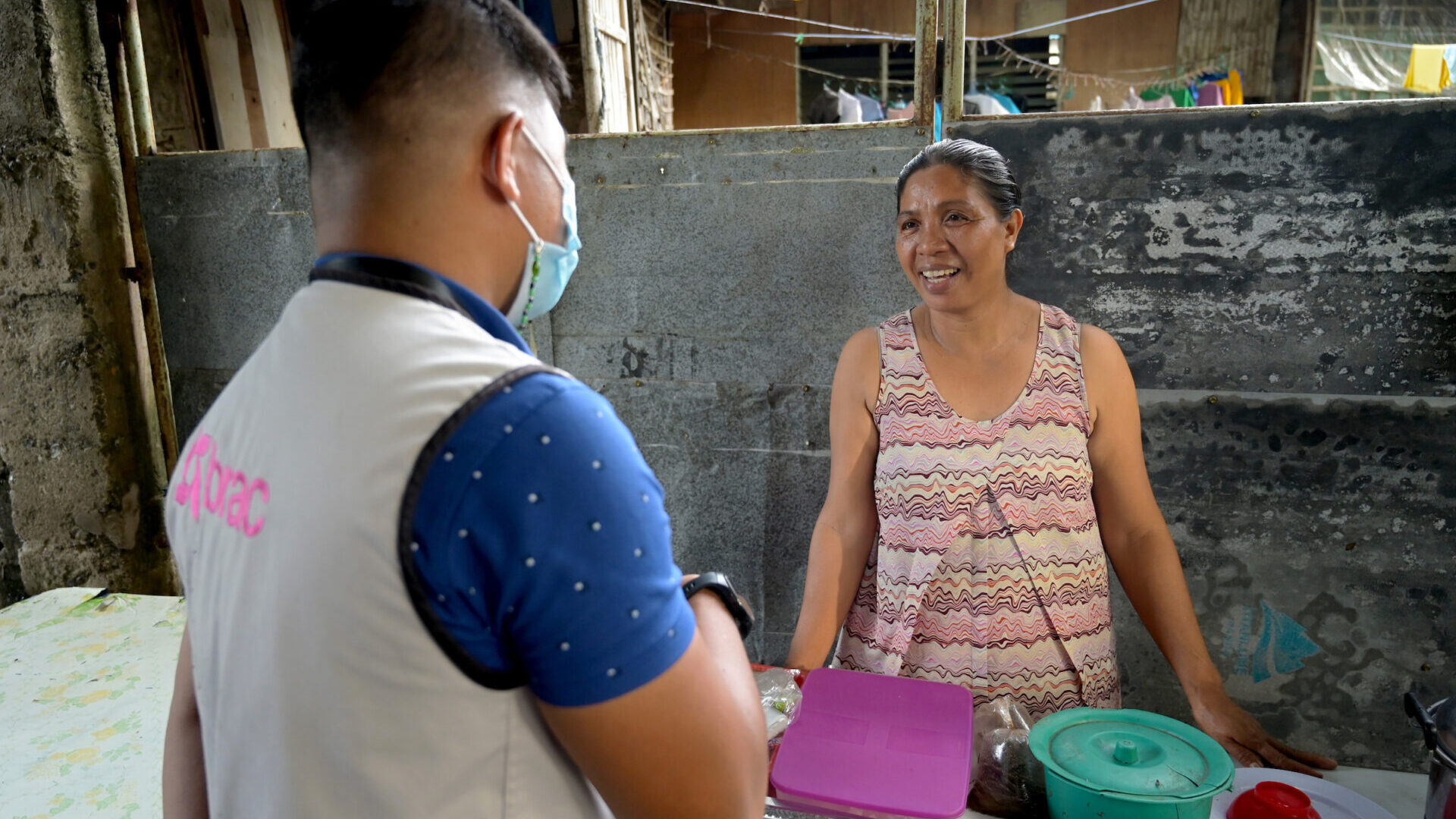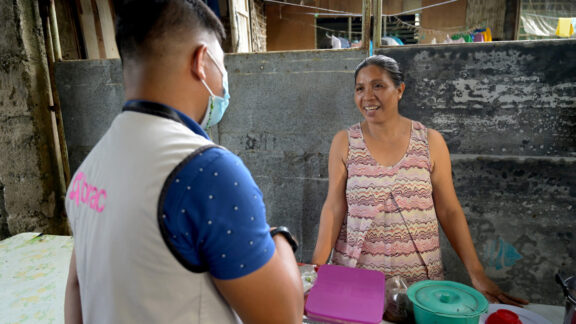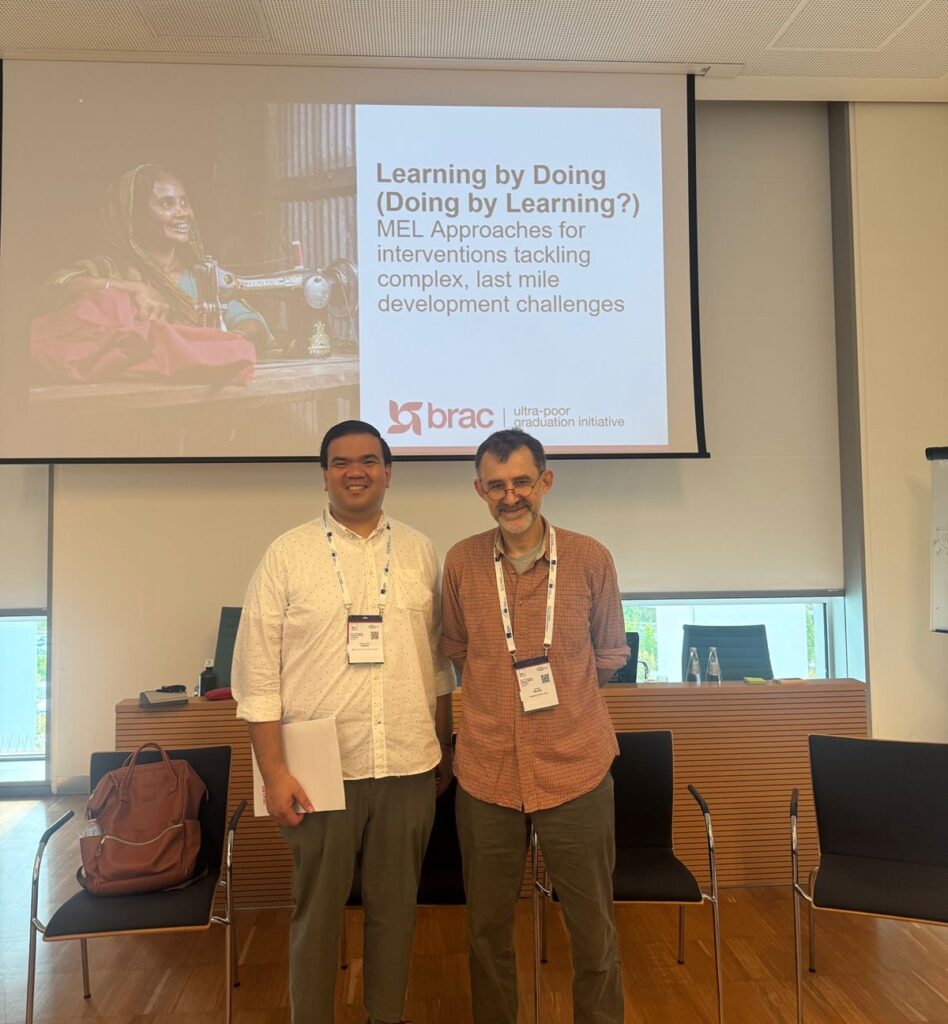Ensuring that poverty-alleviation initiatives reach those most in need has been slow and difficult in most developing countries. But if governments make the most of existing data and systems, carry out multidimensional local assessments, and commit to continuous improvement of targeting methods, progress is possible.
This article was originally published with Project Syndicate on March 10, 2023.
We are at the halfway point for implementing the Sustainable Development Goals (from 2015 to 2030), but we are not halfway to achieving them. In fact, in many critical areas – from poverty to food security – progress has been reversed in recent years, owing to severe and compounding crises. In this difficult environment, governments worldwide must urgently recommit to the SDGs, including their underlying promise to leave no one behind.
The challenge is formidable. Consider SDG1, which aims to eliminate poverty in all its forms. According to the World Bank’s Partnership for Economic Inclusion, government-led poverty-alleviation programs surged in 2021. But to reach those furthest behind, such programs must recognize and account for the web of overlapping constraints that effectively “trap” people in poverty.
Read the full article on Project Syndicate.
Read the full article on Arab News.





